here are two-way radios that have been marketed globally to be “ATEX-certified” or “UL Listed”, and you wonder what makes them so unique from the more widely used analog or digital radio handhelds.
In our previous blog, we talked about why these walkie talkies with these markings are more appropriate devices for a different type of situation. It is because a significant number of industries – petrochemical, oil and gas, chemical, manufacturing, and mining – are operating in an environment that contains large volumes of potentially hazardous elements such as gas, chemicals, and explosive liquids. These are sensitive to heat and if an individual is not careful enough, they can be an immediate source of ignition under the right circumstances. Walkie talkies, as a form of communication tool, are considered an ‘electronic’ device that can create tiny arcs, producing heat or possibly start big explosions even during normal operation. Devices, certified by ATEX or UL, are manufactured to meet this demand.
Here’s a quick overview of the 2 industry standards:
• ATEX is a European Union directive for standardizing equipment and protective systems intended for use in potentially explosive atmospheres
• UL is a safety testing standard approved by the US federal agency Occupational Safety and Health Administration (OSHA). The company behind this certification is the Underwriters Laboratory (link: https://www.ul.com/). UL is widely used in North America (the United States and Canada).
How do you know if the intrinsically safe walkie talkie you have considered passed the standards?
Here are ways to verify:
1. Check the device
Devices that passed the ATEX certification generally carry an ‘Ex’ logo
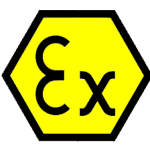
This logo should be found either in front or back of the device. The logo is shown in front of this model.
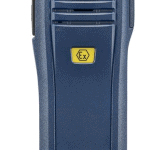
Hytera would place the safety rating at the lower back portion of its radio.
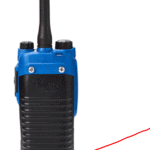
How about UL Safety Standards?
The UL mark looks like this:
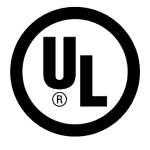
Markings vary depending on your location. Generally, radios that passed the UL safety standards have the UL mark inside the radio:
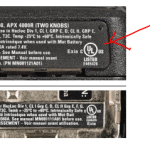
2. Check the Certifying Bodies’ Database
UL has a comprehensive database that allows users to search for the actual UL certification of the product. The good news is: It has recently added ATEX certificates to its online certification directory. Here is how you can check:
• Search keyword “ATEX”
• Select “Link to file” based on the company name
• Select applicable certificates
• Download or print certificates
You can visit the UL Product iQ. Registration is free but you can upgrade to a paid subscription to take advantage of the advanced features.
3. Purchase only from Authorized Distributors
Authorized distributors like MacroVista (link: https://macrovista.com) are trusted by leading radio communication brands to carry, promote and sell their radios with ATEX and UL safety ratings. Be sure to contact the nearest authorized distributor in your area. You can ask questions, request quotations and verify if the products are “explosive safety-compliant.”
Remember to keep one’s safety in mind
Certifying agencies can assure users that the two-way radios they bring out in the field or inside the plant have passed industry tests and are okay to use. These products, after all, have successfully met the rigorous standards for product safety. It’s more than just a mark; it is a living proof that all of their end-users will have peace of mind.
Are you looking for intrinsically safe 2-way radios for your organization? We can help and offer advice on the right radio based on your budget and requirement. Contact one of our product specialists for a free, no-obligation consultation.
Contact any of the following offices:
Singapore
Phone: +65 6748 9773
Email: sales@macrovista.com
Philippines
Phone: +65 6748 9773
Email: sales@macrovista.com
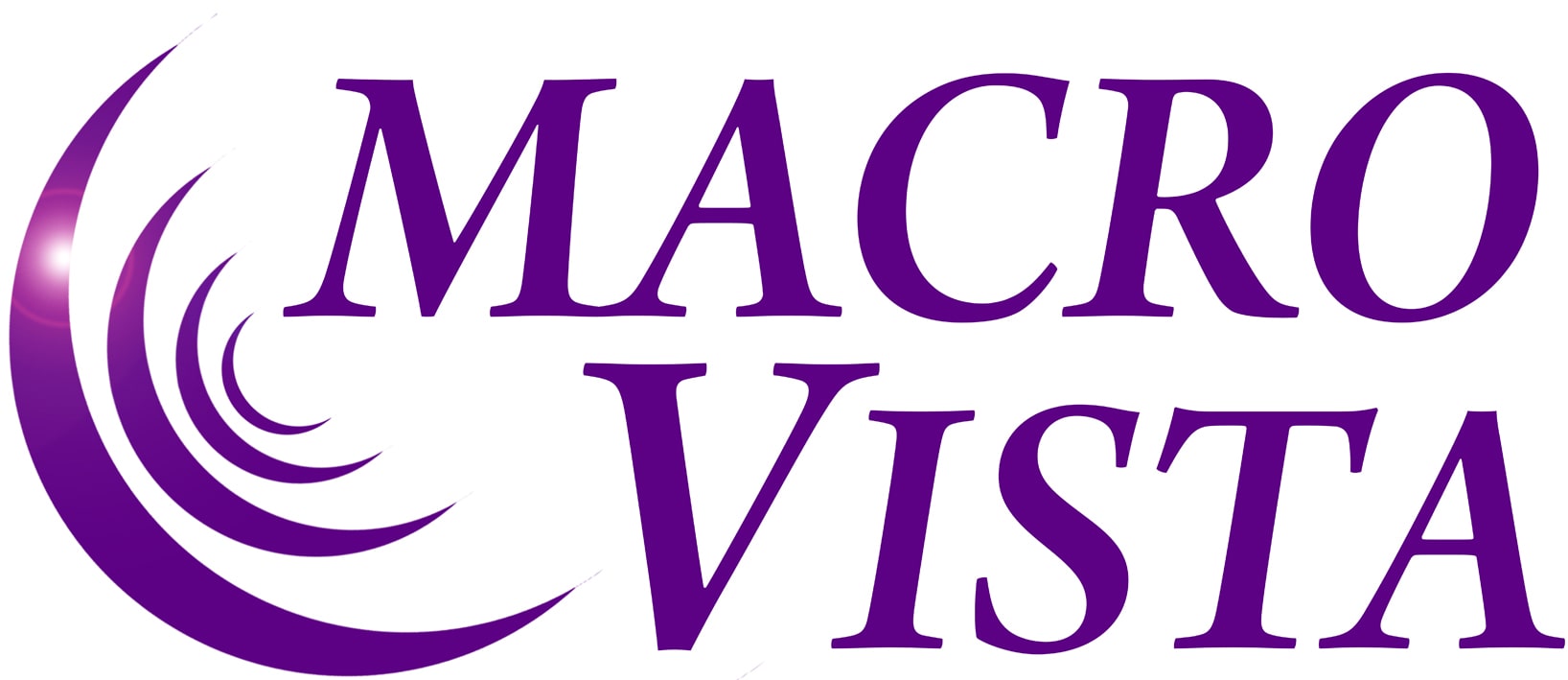
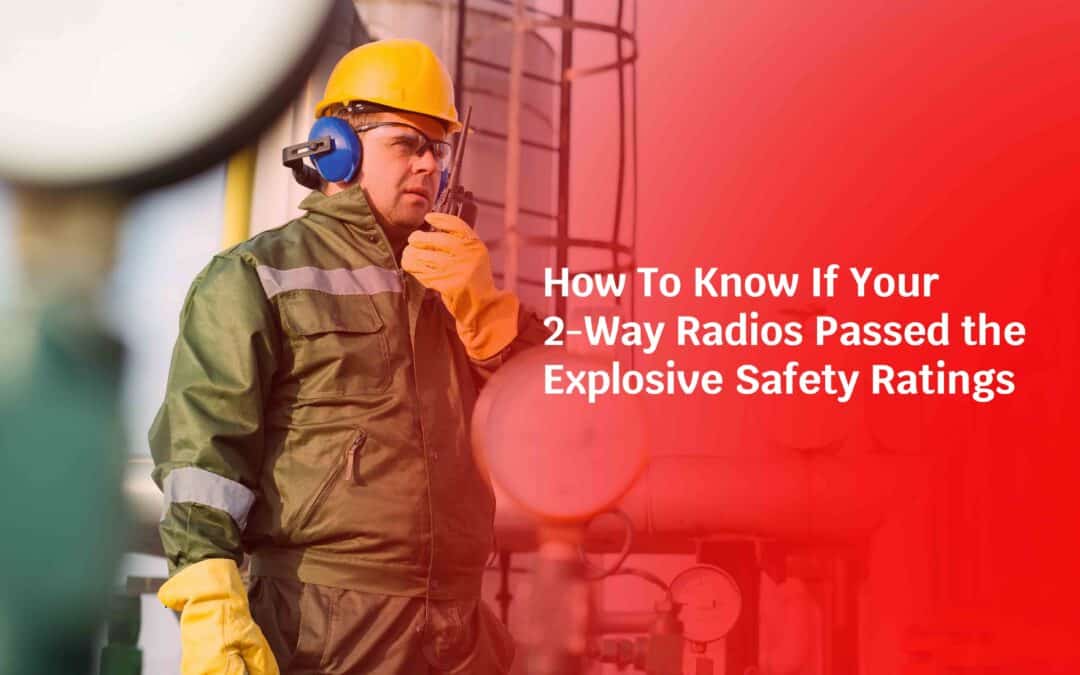

Recent Comments